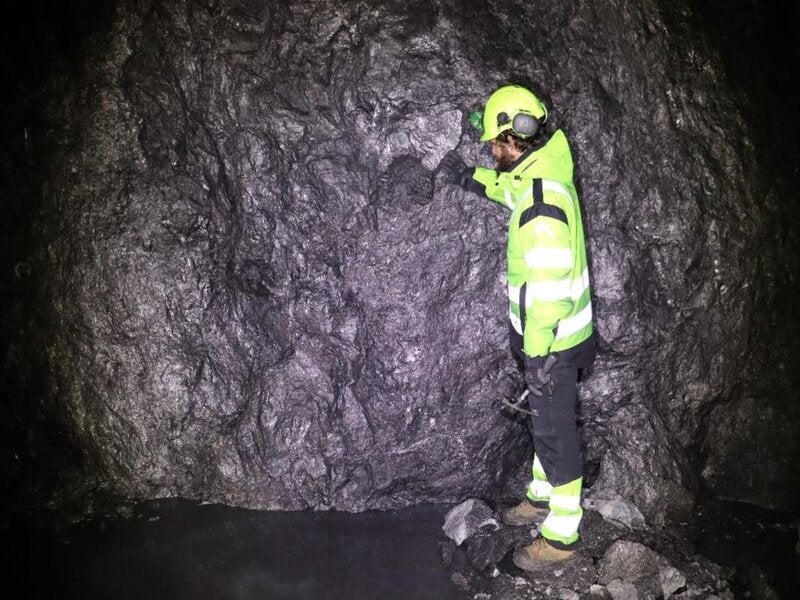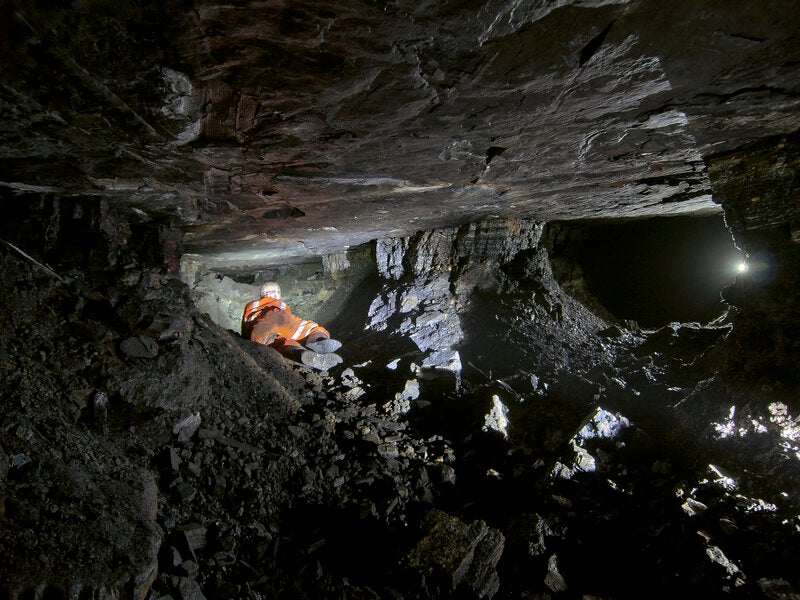The Trælen underground graphite mining project is located near Europe’s biggest crystalline graphite-producing Skaland mine on the Senja island of Norway.
While the Trælen mine has been operational since 2007, the current mining development targets additional known resources beneath the already mined-out resources of the deposit.
The Trælen graphite mine along with the Skaland processing plant were earlier owned by Skaland Graphite, a part of Leonhard Nilsen and Sønner (LNS). Skaland Graphite was acquired by Australia-based Mineral Commodities (MRC) in October 2019, while the mine permit tenure was renewed for additional 10 years in May 2019.
MRC commenced decline mining operation at the Trælen deposit through blasting of the first ore face in June 2021. The project is currently undergoing metallurgical test work with a pre-feasibility study expected to be completed by the end of 2021.
The project is intended to ramp up the production rate from 10,000 tonnes per annum (tpa) to 16,000tpa by 2023.
Location, geology and mineralisation
The Trælen graphite mining project is located on the northern tip of the Skaland peninsula in Senja island, approximately 230km away from TromsØ, Norway.
The Trælen deposit comprises two main lithological upper and lower units. The upper unit consists of amphibolitic gneiss while the lower unit holds tectono-stratigraphically gneiss rich in biotite and granitic band with alternate layers.
Both the units are heterogeneous hornblende gneisses with graphite horizons derived from the metamorphic greywacke and calciferous rocks containing granitic orthogneisses.
The mineralisation occurs in the form of lens-shaped bodies, 12 to 14m thick and iso-clinically folded. The thicker zones of graphite mineralisation are categorised into Boye North Shoot, Boye South Shoot, North East shoot and an unnamed second northeast shoot.
Graphite reserves at Trælen
The Trælen graphite mining project is estimated to hold approximately 1.78 million tonnes of indicated and inferred ore resources grading 22% total graphite carbon (TGC), containing 397-kilo tonnes (kt) of graphite.
Drilling programme
An exploration and infill drilling programme to drill up to a depth of 3,000m with 17 holes from the existing development on the resource expansion was started in March 2021.
The diamond holes drilling is being carried out using the Diamec Smart 6 underground core drilling rig.
scheduled for completion by August 2021, the drilling programme is expected to confirm the continuity of the Trælen mineralisation and upgrade the mineral resources base.
Mining and ore processing
The graphite project will involve the long hole open stoping underground mining method in a top-down sequence.
The crushed ore from the mine will be offloaded to a run-of-the-mine (ROM) ore bin and will be conveyed to an autogenous mill. The mill will process the ore through a three-stage floatation and cleaner circuit for the production of graphite flake concentrate.
Infrastructure upgrade
The existing ore processing plant currently operates at a 60% utilisation rate, which will be upgraded to 85% capacity to ramp up the production to approximately 16ktpa.
A fourth regrind and cleaner stage is planned to be added into the process flow, and the processing equipment will also be upgraded to produce high-grade graphite concentrate at the facility as part of the project.
Contractors involved
ALS Scandinavia, an analytical laboratory and technical services specialist, is responsible for the testing of samples from the graphite mine for total graphitic carbon, total carbon and total sulphur using LECO furnace and infrared spectroscopy.
Norges Geologiske Undersøkelse (NGU) carried out the geophysical studies for the project, while Wardell Armstrong International was engaged to conduct an audit for the mineral resources estimate of the Trælen deposit.





